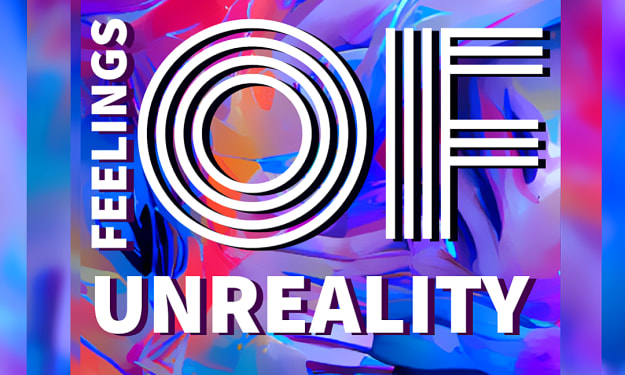why do we use the word "ok"
ok is a common word all the world use it

There's a two-letter word you hear everywhere.
got it.
got it.
OK, okay, Annie?
OK Ok OK, OK, guys...
OK is probably the most well-known word on the planet. got it! got it. This is important both for the way we communicate with each other and for technology. Alexa, turn off the living room lights. got it. You probably use it every day, even if you don't realize it. But what does OK actually mean and where does it come from? Hmm, okay. got it. I got it. Thank you. The origins of OK date back to the 1830s, when there was a trend for intentionally misspelling abbreviations.
Young "intellectual" types in Boston delighted "initiates" with coded messages such as KC or "knuff ced," KY's "know yuse," and OW's "oll wright." Ahaha. But thanks to some lucky coincidences, one abbreviation has become preferred over another. It's OK or "all correct". In the early 18th century, "all is well" was a common phrase used to confirm that all was well. This joke became mainstream on March 23, 1839, when "OK" first appeared in his Morning Post in Boston. Other newspapers soon picked up the joke and spread it around the country, until the word "OK" became known to everyone, not just a few Boston insiders. And OK's newfound popularity led the embattled U.S. president from Kinderhook, New York, to adopt it as his nickname during his 1840 re-election campaign.
Van Buren's followers formed OK Clubs across the country, and their message was very clear: Old Kinderhook was "okay." This campaign caused quite a stir and received some pretty ugly coverage in the press. His opponents eventually reversed the acronym, claiming it stood for "Orful Conspiracy" or "Orful Catastrophe." Ahaha. In the end, not even a clever nickname saved Van Buren's presidency. But it was an OK win. This 1840 presidential campaign cemented the word "OK" in the American vernacular. While similar abbreviations became obsolete, thanks to the invention of the telegraph, OK moved from slang to legitimate and functional usage. When the bridge is lowered, current flows through the depth sounder. At the other end, the current excites the electromagnet, which attracts the armature. The anchor hits the screw and makes a clicking sound, sending out a message.
The telegraph appeared on the market in 1844, just five years after the OK. It sent short messages in the form of electrical pulses with combinations of dots and dashes representing the letters of the alphabet. This was OK's moment to shine. This two characters were easy to type and were unlikely to be confused with other characters. It was quickly adopted as the standard acknowledgment of received transmissions, especially by expanding U.S. railroad operators. The 1865 telegraph manual even stated that "no message shall be deemed to have been sent until the receiving station consents," making OK a serious problem. However, there is another important reason why he has two characters left. It's not just because it's easy to communicate. It depends on how good it looks. More specifically, what the letter "K" looks and sounds like. It is very unusual for English words to start with the letter K. K is approximately 22nd in the alphabet. This rarity sparked a "K craze" in the advertising and printing industry around the turn of the century, with companies replacing the difficult "C" with a "K" to please their users.
The idea was that by changing the words, he could get more attention, like with his Klearflax linen rug and this Kook-Rite stove of his. And this is still a visual strategy. Modern corporate logos such as Krispy Kreme and Kool-Aid feature the letter K. It is the K that makes it so memorable. By the 1890s, the Boston origins of the OK were largely forgotten, and newspapers began discussing its history, often perpetuating myths that some people still believe. Like the claim that it comes from the Choctaw word "oke" (meaning "so it is"). Choctaw gave us the word OK. The beginnings of OK became a blur, but that didn't matter anymore. This word was ingrained in our language. Today we use it as the ultimate "neutral affirmation." Yes, then. got it. Learn to truly love yourself. got it. got it. Please wake up here! got it! I don't know what to say. Let's say OK. got it. That's it! Alan Metcalfe wrote the definitive history of OK, explaining that the word "affirms without judgment," meaning it doesn't convey emotion, but merely recognizes and accepts information.
"I got home safely" means I wasn't hurt. If "the food was ok" then it was acceptable. and "OK" to confirm the change of plan. At the moment it's kind of reflexive and we don't even track how often we use it. Perhaps this is why the first words uttered when humans landed on the moon were "OK." Not bad for a corny 1830s joke. Okay, guys, stop it.
About the Creator
Rowan Sharkawy
someone who love to know anything & share it with every one
welcome to my profile






Comments
There are no comments for this story
Be the first to respond and start the conversation.